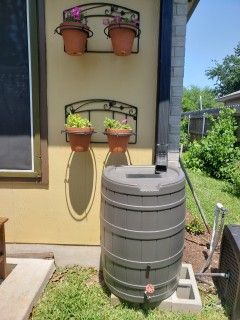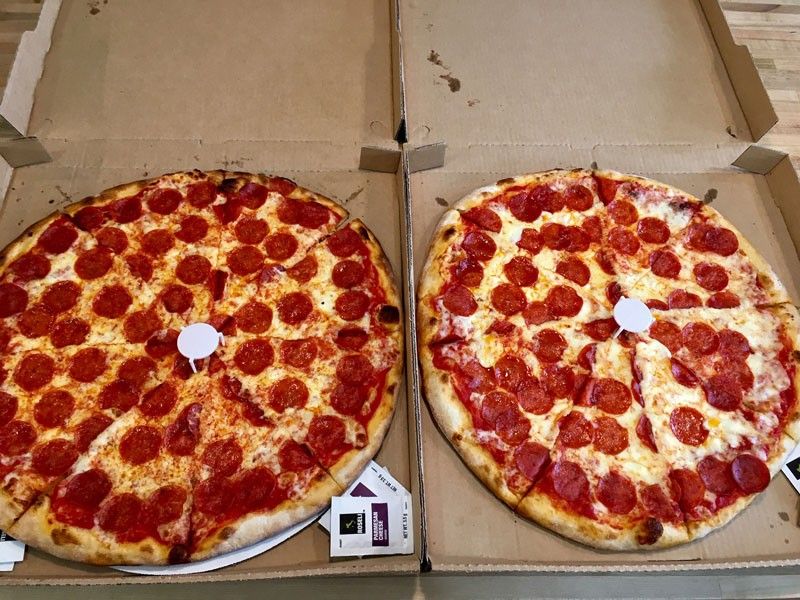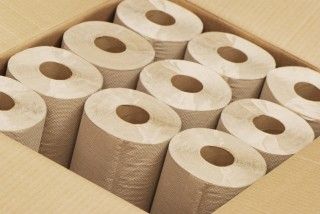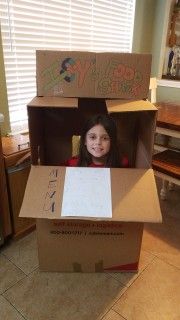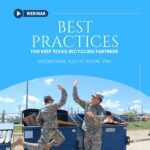According to CNBC, only 43% of employees, pre-COVID-19, were able to work from home at least one day per week. Now that we are in the midst of a global pandemic, those numbers have skyrocketed. Those of us lucky enough to have the option are working from home full time and even tutoring our children for online school. However you look at it, we are all getting a lot more time at home these days which has its benefits and drawbacks.
Sheltering has made it a little easier to be eco-friendly. Most of us are using less gas, creating less pollution and enjoying less time sitting in traffic. We can all use our own cups, plates and silverware instead of disposable versions at the coffee shop or taco stand on the way to work. We are also saving a lot of money on dry cleaning, new clothes and beauty products. On the opposite end of the spectrum, we are using more electricity and water at home, forced to have more products delivered to us and encouraged to eat out more to keep our local businesses running.
Despite the cons listed, there is still a lot we can be doing at home to stay green. This extra time at home is a great opportunity for us to look at our sustainability practices and make sure we are bringing them into our home and sharing them with our family. Here are some great tips to keep your family on a sustainable path during this sheltering period.
Make Your Yard Sustainable
Many of us have outdoor spaces that we only get to work on and enjoy during the weekend. Take advantage of being stuck at home by going outside to make your yard beautiful and useful. Start a compost pile with food waste from all the home cooking you’ve been doing. Compost provides nutritious soil for plants, but also keeps food waste like coffee grinds, egg shells, napkins and even pizza boxes out of the landfill. With all of the recent food shortages we have experienced, think about using the compost to grow your own. It takes a very small space to grow a few key fruits and veggies. Some can even be grown in a simple pot.
Compost is a great food for your plants, but also consider their water source. Rain barrels are great DIY projects to capture rainwater and reuse it for your plants. You can even let your creative juices flow and paint it with colorful flowers, a nature scene or let your kids help out for a fun learning experience.
You could also invite animals into your space with a butterfly garden, birdbath, feeder or even some colorful bird condos. There are so many ways you can enhance your outdoor space and take advantage of this sheltering time at home. Check out this great guide full of ideas and instructions from our friends at TCEQ.
Say No to Take Out Extras
While sheltering we are being encouraged to support our local eateries. Restaurants are closed and we are told to stay home, but there is a thriving delivery and drive thru business emerging. With great options like Door Dash, Uber Eats, Favor and Grubhub you can have just about anything delivered to your door. This saves you from leaving the house, saves your current stockpile of groceries and helps the economy by providing jobs and keeping eateries open.
Some of you might be hesitant to participate due to increased packaging and waste from take out. No worries, you can order out and still be sustainable. When ordering on an app or website, there is usually a place to include notes or instructions. Make sure to tell the driver/eatery that you don’t need utensils, straws or condiment packets. If calling in or driving thru to pick up your order, let them know you don’t need any of the extras.
You can go a step farther and choose food from eateries you know skip styrofoam and plastic packaging. Several eco conscious eateries like Panera and Chipotle use compostable containers, recyclable plastic cups and metal lids. Pizza is not only the perfect food, it is also a sustainable option because you can compost the box leaving zero waste. Again, just ask them to hold the parmesan packets and leave out the plastic middle pieces. Whatever you crave, make sure to clean any plastic containers for recycling, compost any paper products with food stains and reuse or recycle the bags it arrives in.
Buy in Bulk to Save $$ and Packaging
When the pandemic first began there was panic and hoarding at our stores. The internet was full of disturbing videos and funny memes about people fighting over toilet paper and hand sanitizer. Even now, I challenge you to find antibacterial products or anything made of paper online and many of us are still standing in line just to get inside the supermarket.
If your purchasing habits only went as far as the end of the week, you were probably in a tough situation and still may be out of certain products. Buying in bulk can not only help you survive a pandemic, it can also save you money and be a good sustainable practice.
Most paper products available in bulk are meant for businesses, but can be a sustainable and cost saving option for families, too. Toilet paper and paper towels can be purchased with zero plastic wrapping and often come in one box without any individual packaging at all. Other products can be purchased in larger portions with fewer packaging materials. Warehouse stores also skip bagging so you eliminate the need for additional paper or plastic bags. If it sounds a little overwhelming, have reusable bags, milk crates or storage boxes in your car to contain and then transfer the groceries into your house.
Bulk purchasing is not an exact science and there are downsides. Make sure you don’t purchase individually portioned items which tend to have more packaging that cannot be recycled, look for items with fewer or easily recycled materials and don’t purchase perishable items you don’t think you can consume before they go bad. The overall idea is to make informed purchases to eliminate waste and make your life easier. Whatever packaging you do end up with, make sure you recycle or reuse as much as possible. Most stores have a bin to recycle plastic items not allowed in your curbside bin. These include plastic grocery bags, the bags inside your cereal box, bread bags and even some of your plastic shipping envelopes.
If nothing else inspires you, then consider that buying in bulk saves you money. You almost always get more for your money and when the hoarding begins, you can be confident that your pantry is fully stocked!
Repurpose Your Collection of Cardboard Boxes
Our government recommends going to the store as little as possible, but we all run out of items and often figure out we need new ones. Online ordering is at an all time high and delivery drivers are working overtime. We all have piles of empty boxes at home and unless you are moving this can be a problem.
Recycling is always a great option, but what else can you do with those boxes? Do you have kids? Why not build a fort, doll furniture or a garage for toy cars? No kids? How about a cat play space, DIY scratching post or add some fabric and stuffing for a little sleeping nook? Spring cleaning time is here, which includes organizing your home and office space. Use fabric, rope or ribbon to cover and create stylish storage boxes and organizers. There are tons of creative ways to reuse your boxes. You can find many of these ideas and instructions at Pinterest.com or just search the web!
Not the creative type? Why not flatten a box to use as messy project protection? You can paint furniture on top of it to save your garage floor, cover your dining room table and let your kids go nuts with slime or finger paints, or even use underneath a potting project in your garden. Whatever you choose to do with that mountain of delivery boxes, make sure you recycle them at the least. Remember to flatten boxes and cut up larger ones to fit inside your curbside bin. Most waste haulers are not touching extra items outside of your bin so make sure it all makes it inside.
Involve Your Kids (They are stuck at home, too!)
While exploring these tips and projects, we encourage you to involve your kids. The kids are stuck at home, too, and many of these activities are great ways to pass the time and educate your children on eco-friendly living. Explore nature in your own backyard, teach them where our food comes from or the life cycle of a butterfly. Tap into their creativity with an artistic box project or let them help you paint a rain barrel. Put together a math lesson on saving money by buying in bulk or count different materials from the recycling bin. When you are finished, have a family pizza party and order them a fun treat delivered right to your door.
Whatever activities you participate in, make sure you enjoy this extra time with your family, pets or whoever is sheltering with you. Look for the positive and take advantage by making your home a more sustainable one. All of us at KTB hope you are safe, healthy and sheltering sustainably!
